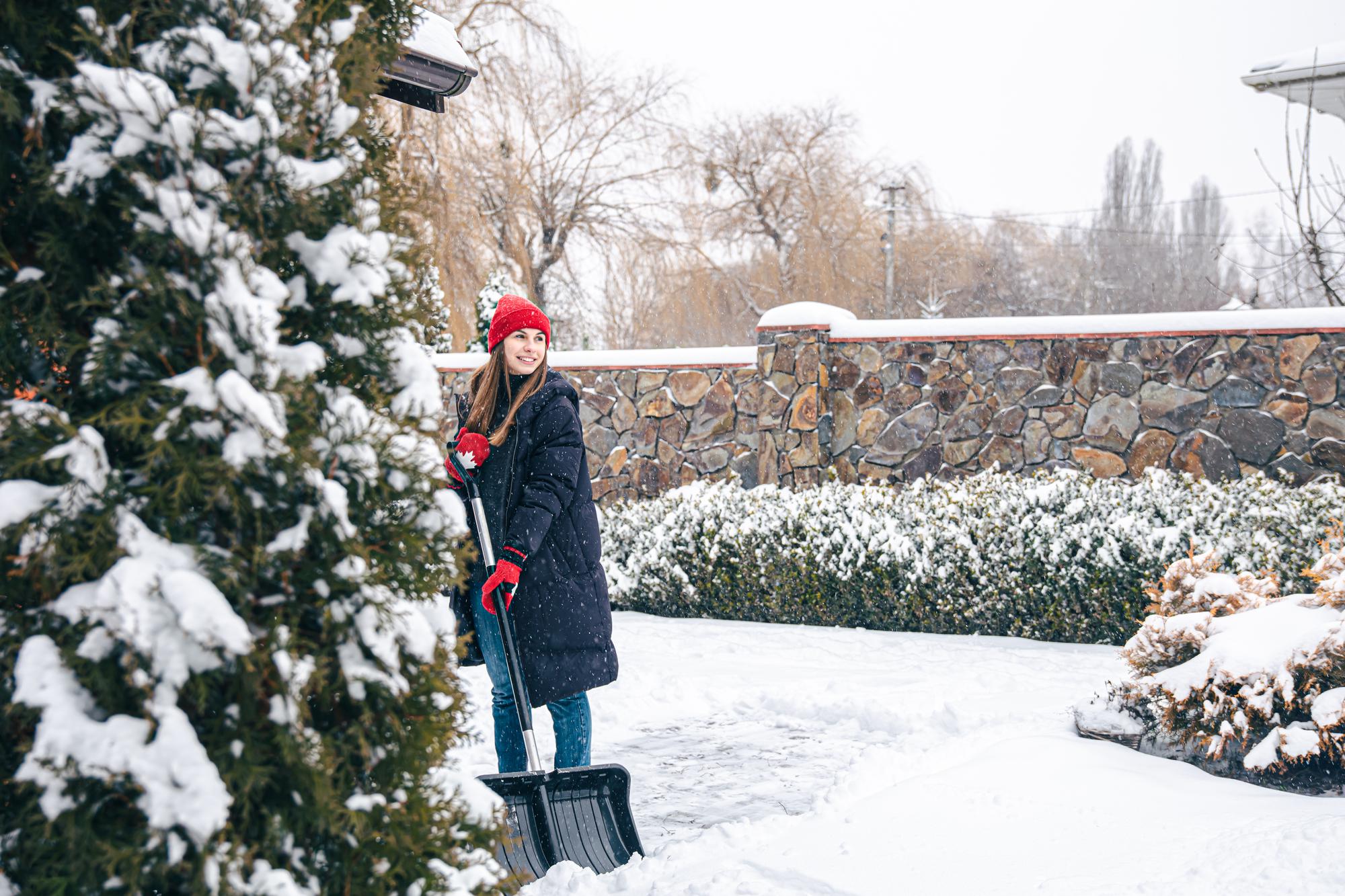As the cold weather arrives, some homes may feel the chill more than others. If your home isn’t as energy-efficient as you’d like, it’s a good idea to winterize it. Start by addressing the areas that lose heat the most, such as floor joints and windows. While weatherizing can be a detailed process, it’s simple enough to tackle with a few basic materials and minimal skill—making it a great DIY project for a weekend this fall. Here are 13 practical tips for preparing your home for winter, helping you stay warm and reduce energy costs during the colder months.
1. Insulate Water Pipes
Frozen pipes can burst, leading to serious water damage. To prevent this, insulate your pipes, especially those in unheated areas like attics, basements, and garages. Insulating pipes typically costs $1–$4 per linear foot if you hire a professional, or you can purchase materials for around $7 for six feet if you do it yourself. You can also winterize your sprinkler system, which may cost between $56 and $131.
2. Add Weatherstripping
Weatherstripping is an effective way to seal cold drafts around doors and windows, keeping your home warmer and potentially lowering your energy bills by up to 30%. For gaps smaller than 1/4 inch, apply caulk to block drafts. For larger gaps, use expandable foam tape or spray foam sealant.
3. Install Door Sweeps
Adding door sweeps to exterior doors can prevent cold air from entering through small gaps. A gap as small as 1/8 inch in a door can let in as much cold air as an open window. If you notice significant drafts, consider reinstalling the door for a better seal. Don’t forget to close the damper on your fireplace when it’s not in use or add glass doors to keep cold air from entering through the chimney.
4. Apply Window Film
Window insulation can increase energy efficiency by up to 90%. After sealing gaps with weatherstripping, consider adding window film to maximize your home's warmth. You can find window insulation kits at hardware stores for about $10 to $20, which typically cover 5-10 windows. The process is simple—just apply the film with a hairdryer. Another option is installing storm windows, which reduce drafts and protect your windows from harsh weather.
5. Replace Furnace Filters
Before the cold hits, check the air filter in your furnace. A clogged filter can reduce airflow, making the system work harder. The replacement frequency depends on the type of filter, so check them regularly. If you need assistance, call a local HVAC professional. If you have a window air conditioner, it’s also best to remove it before winter.
6. Install a Programmable Thermostat
A programmable or smart thermostat can help you save on energy costs. By lowering the temperature by 7-10°F for 8 hours a day, you could save up to 10% annually on heating and cooling. For example, set the temperature to 68°F during the day and lower it at night. If you're going away for a few days, set the thermostat to a lower, constant temperature—just don’t turn it off to avoid freezing pipes.
7. Insulate Water Heater Tanks
Water heaters in unheated spaces can lose heat, causing them to work harder and consume more energy. Insulate your water heater tank with a cover, which can reduce heat loss by up to 25%. Covers typically cost around $20. Pairing this with pipe insulation can further reduce your energy bills and prevent potential water damage from frozen pipes.
8. Clean the Gutters
Autumn leaves may look beautiful, but they can block gutters and prevent proper drainage during winter. Clogged gutters can lead to water damage, so clear out leaves and debris before the first snowfall to ensure that water flows freely.
9. Adjust Ceiling Fans to Rotate Counterclockwise
In winter, setting your ceiling fans to rotate counterclockwise can help circulate warm air more effectively. This causes warm air to be pushed downward, improving comfort while allowing you to lower the thermostat a bit. Keep fans on their lowest speed and only use them in rooms that are occupied to save energy.
10. Stock Up on Firewood
If you have a fireplace, prepare firewood in advance to ensure it’s dry and ready to burn throughout the winter. Allow wood to dry for about six months before use. Store it in a cool, dry place on a log rack to keep it safe from pests and rot.
11. Insulate Attics, Walls, and Floors
Adding extra insulation to your attic, walls, and floors can help keep your home warm and reduce your energy bills. It also prevents moisture buildup, which can lead to mold and mildew. Here are the average costs for insulation:
- Attic insulation: $1,700–$2,100
- Wall insulation: $1,066–$2,583
- Floor insulation: $1,000–$3,000
12. Install Low-Flow Fixtures
Low-flow showerheads, faucets, and toilets can help you conserve both water and energy. By using less water, you’ll also use less energy to heat it. For reference, low-flow showerheads use 2.0 gallons per minute, while traditional models use 2.5 gallons. Low-flow toilets consume 1.28 gallons per flush, compared to the 1.6 gallons of standard toilets.
13. Flush Your Water Heater
Flushing your water heater helps prevent sediment buildup and reduces the risk of freezing pipes. To flush it, turn off the power to the heater, attach a drain hose, and allow all the water to drain out. Once it runs clear, turn the water supply back on, refill the tank, and restart the heater. This step can extend the life of your water heater and improve its efficiency.
